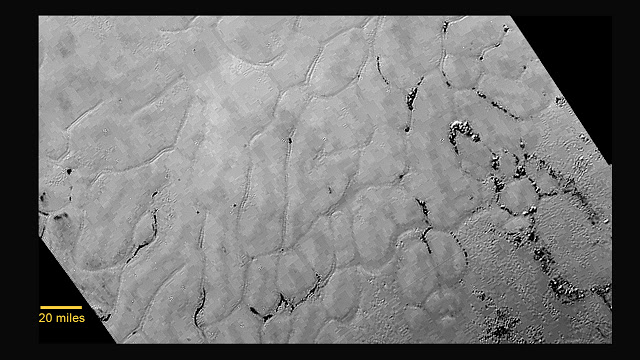Through initial observations, they found out that Pluto’s atmosphere had two distinct layers of Haze that extended 130 kilometers above the surface which is five times more than what was expected. This type of haze is formed when simple atmospheric hydrocarbons like methane gas are blasted by the UV light from the Sun. Further breakdown of Methane leads to the formation of ethylene and acetylene, both of which are present in the atmosphere of Pluto.
Another major discovery was the finding of a mountain range on Pluto that bears a resemblance to the Rockies that were formed here on Earth. What’s more interesting is the fact that just a little to the right; there is another mountain range that looks like the Appalachians in the United States. Scientists have also received some information about the smaller moons of Pluto, Nix and Hydra. Hydra is estimated to be 55 kilometers long by 40 kilometers wide and Nix is assumed to be 42 kilometers long by 36 kilometers. The images of the tiniest moons of Pluto will only be available by October, till then they remain a mystery to us.
Image Credit: NASA/JHUAPL/SWRI





















